Prior to the introduction of railroad safety legislation in the late 1800s, America’s railroads were a dangerous place to work. In the years since, with pressure from governmental regulators and organized labor in particular, railroads have progressively become safer places to work. Today, railroads also cooperate in a variety of workplace safety research.
But even as railroads have become ever a safer place for workers, train tracks and highway-railroad grade crossings remain a dangerous place for the public. Unfortunately many people still take chances around trains and railroad tracks, chances that often prove to be life-altering or even fatal.
Because of the very principles that make railroads the most efficient form of land transportation (a lack of friction due to steel-on-steel contact between rails and wheels), trains cannot stop quickly in the event of a sudden emergency. And because trains do not have the ability to swerve (their wheels are “flanged”, meaning a raised edge keeps them on the tracks), they also cannot avoid collisions in unexpected situations.
Railroad tracks are for trains, not people! Always stop, look, and listen before crossing railroad tracks. Never drive, ride your bike, or walk around crossing gates that are down. Don’t try to race a train to the crossing: a modern-day train is headed up by locomotives weighing anywhere from 100 to 200+ tons, and railroad freight cars today carry upwards of 100 tons each!
The California State Railroad Museum supports railroad safety education through its participation in the California Operation Lifesaver program. The Museum also offers railroad safety education to participants in the Interpretive Handcar Program and the School Trains program, both based at the Railroad Museum in Old Sacramento.

